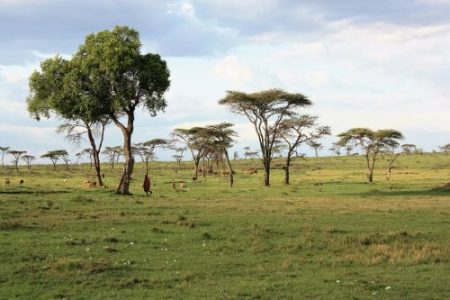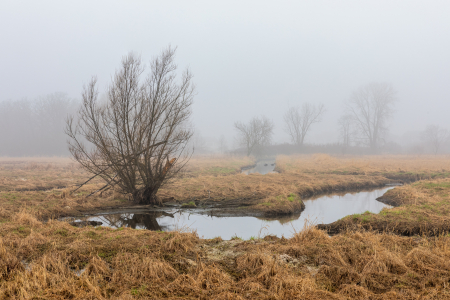Rehabilitating rangelands in Kenya

Land degradation is a widespread problem in Sub-Saharan Africa, with the majority of agricultural soil being degraded. One of the main causes of degradation is overgrazing, but this can be combated by use of enclosures for livestock. This involves dividing communal land into smaller sections where grazing is concentrated, either with physical fencing or social contracts. By concentrating grazing in a small portion of land at any one time, and then moving the enclosures periodically, soil and plants have time to recover after being grazed, resulting in higher soil carbon and vegetation cover.
This practice has been implemented with great success in Chepareria, in the northwestern rangelands of Kenya, with the main intention of increasing the abundance and quality of pastureland. Interviews of 120 enclosure owners confirmed that the creation of enclosures preserved portions of pasture for grazing in the dry-season (reported by 83% of respondents), which in turn meant fewer animals died. The enclosures increased the overall availability of pasture, leading to improved livestock health, and milk and meat productivity. Reduced livestock migration made the animals easier to manage, and the increased land ownership was seen as a benefit. Enclosures gave people more flexibility with their time and made it easier for them to grow crops in addition to livestock, therefore diversifying their food and income sources. This, in turn, improved people’s standards of living. Overall, there was evidence that enclosures increased the resilience of the land owners to environmental change.
However, there are trade-offs associated with establishing enclosures such as income differentiation, reduced communal land and increased conflict. This calls for a cost-benefit analysis of enclosures in order to inform their wider application.




